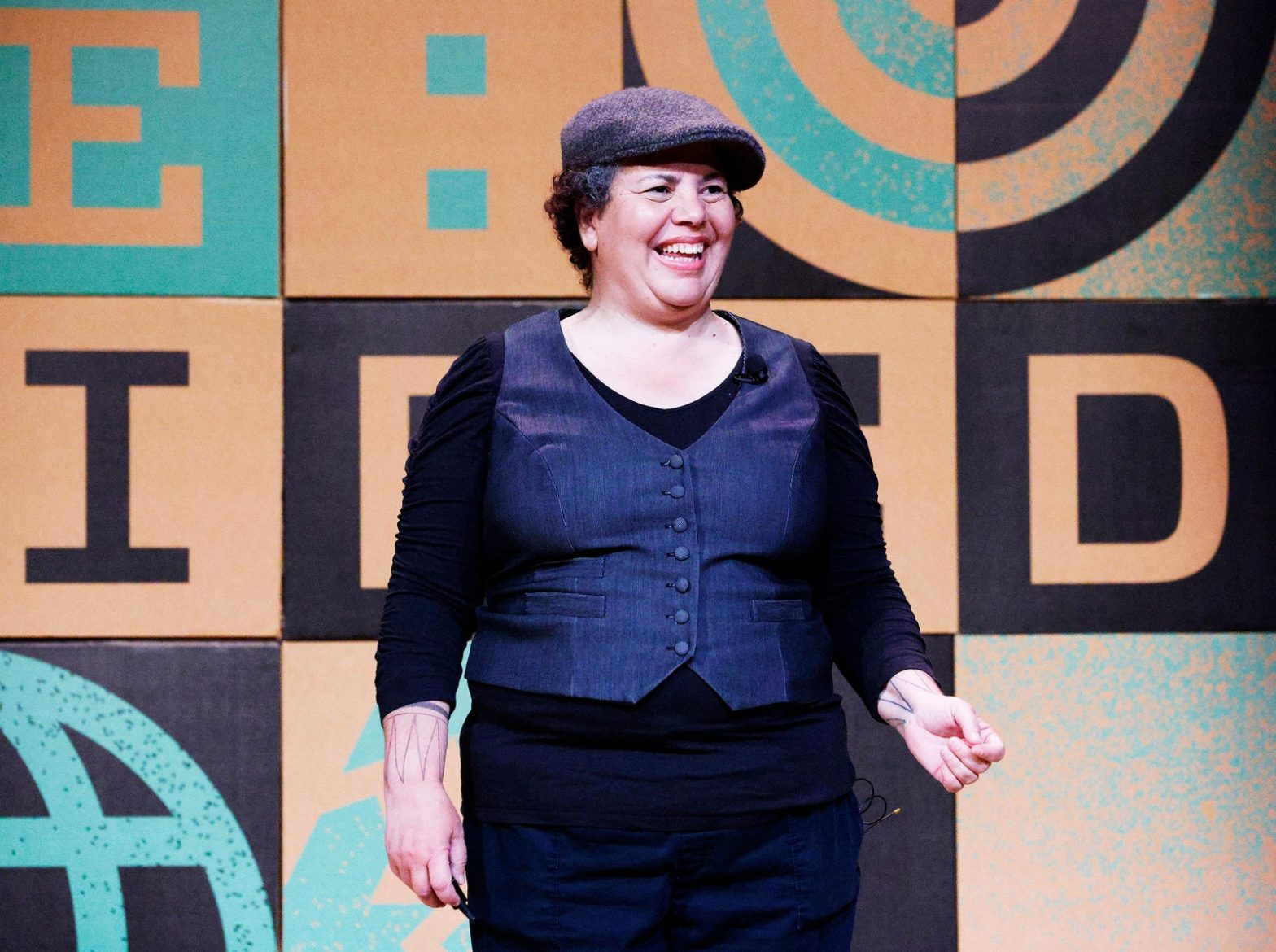Earth’s atmosphere, as it exists, is both a profound statistical anomaly and the very thing that makes human life possible. Human activity is upsetting that natural balance, but there’s hope—and everyone needs to pitch in.
That’s what leading voices in the world of climate science, art, and activism told us during the first session of RE:WIRED Green, coming together to tell the same basic story: We’re lucky to exist, and we’re messing it up, but all is not lost.
Earth existed for billions of years and experienced multiple mass extinction events before modern humans showed up. That’s according to Kenneth Lacovara, a paleontologist at Rowan University who recovered some of the largest dinosaur skeletons on the planet. Humans have been around only 0.006 percent of Earth’s history, while human civilization has been around for only a fraction of that. But we can learn from the time before we existed.
“The past is real,” said Lacovara. “We can touch it, we can pick it up, we can crack it open and study it. You can put it in a museum for all to see.” The conditions that led to humanity’s evolution, and human civilization, were not inevitable, according to Lacovara.
“If you take the time to learn the language of the rocks, they will learn to whisper to you. And all around the world they say the same thing: ‘It didn’t have to be this way,’” he said. “We got lucky.”
Previous mass extinctions were caused by volcanoes and asteroids. This time, it’s different. “Now we are the asteroid,” said Lacovara. “But we don’t have to be. There’s still time to avoid the worst of it.”
Camille Seaman, a photographer known for her photos from the arctic and antarctic regions that document the ways in which Earth’s environment is changing, echoed Lacovara.
“My grandfather thought it was very important for us as grandchildren to know what it meant to be a good human being,” said Seaman. “Before he died he said to me: ‘You are billions of years in the making. You are born in this time, of this time, and there is no one like you. You have survived slavery, genocide, and disease. Your job is to figure out what you can do that no one else can do, and to do it.’”
Seaman sees her work on those terms.
“I understand that my job, as an artist, is to build greater compassion, empathy, and understanding of our world and all of those we share with it,” she said. “But most importantly, my job as an artist is to inspire you.”
